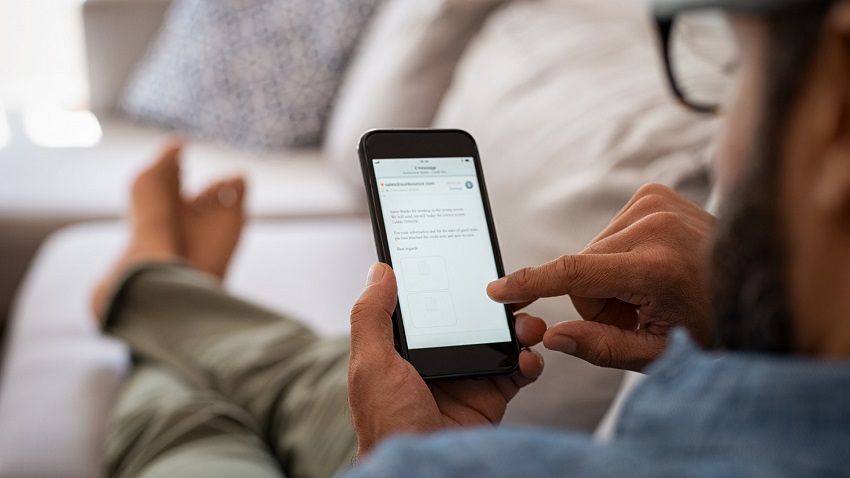When creating a blog, questions arise like where do I start? What tool do I use? How do I write my articles? How do I get people to know about it? If this is your case, these 16 tips will be useful to you.
How to create a blog
Build your blog with WordPress
WordPress was born as a platform to design blogs. With more than 27,000 plugins and more than 2,000 themes in its official directory and many more for sale on the internet, WordPress is the leader in the CMSmarket. Why choose another?
Use a domain name without residue
When you create a blog, you choose a domain for your blog, install it, work hard on it and one day you find out that someone else had used that same domain name before you and had used it to send spam or had a link linked to it. malware-infected website. Google blocked it and treated it as a threat. That person got rid of the domain and now you have taken over, dragging all that horrible history. Can you think of a worse situation?
Our advice is this: if someone has used it before, discard it and choose another domain.
Protect yourself against spam and malware
To protect your WordPress blog well, you must, at a minimum:
Install an antispam, a firewall, and an antivirus. You can get all three in one with the great All in One WP Security & Firewall plugin.
Keep your WordPress, your themes, and your plugins updated EVEN IF YOU ARE NOT USING THEM.
Customize your design
There is nothing wrong with using a theme or template as the basis for creating a blog. It allows you, among other things, to save precious time writing code, checking standards, etc.
But don’t be content with that. Make the design yours. Colors, fonts, sizes, positions … You can vary all this only with the CSS. If you don’t know how to write CSS, hire a web developer or programmer. The investment will be worth it.
Make it responsive
The internet is increasingly being accessed through mobile phones and tablets. Are you going to risk preventing someone who finds your article from reading it because the text looks small on their smartphone? If you had read it, you may have liked it so much that you would have decided to share it on your website or on your networks.
Put your contact
In any website or blog, there must be a way to contact the owner or administrator so that visitors can send questions, request information, make suggestions or complaints, notify of a specific failure on any page of the website or article of the Blog …
Monitor all visits
Monitoring means being aware of the visits that come to your blog or website, how long they stay on it, where they come from and other data that will help you to know if you are following the correct dissemination strategy.
The leading monitoring tool is Google Analytics. With it, you can get all this data quickly, easily, and directly.
Create static menus
In addition to a timeline in which the articles we have published are shown in reverse chronological order, it is advisable to have a menu bar where you can access pages with invariable content. For example, a presentation page and a contact page are essential.
Manage users well
If the project is yours, do not let anyone else have the access codes that allow you to change the access codes and register and cancel other users.
If the project is owned by more than one person, obviously there is no choice but to trust and believe in the integrity of the other team members.
Don’t let a long time go by without posting new content
The ideal is to publish at least 1 article weekly, and if it can be 2 or 3, much better. The faster new articles are published, the more content there will be in less time and the more combinations you will generate to increase the chances of appearing in Google search results and generating backlinks.
Work on SEO for each article you write
Every time you publish a new article, do not forget to optimize it to improve the chances of its appearance in Google search results: write your own meta title and meta description, make sure to add it to the blog system, create search engine optimized titles …
Put key terms in all your articles
Related to the previous point and SEO, it is important that, in the content of each of your articles, you use the terms with which you want people to find your article on Google more frequently than other words.
For titles, use lists, “hows” and direct questions
The lists, the “hows” and the direct questions are three of the techniques that work best to make the user curious about what is behind that title, to read the content. Examples:
List: 5 reasons to create a website with WordPress
How: How to structure the contents of a website
Direct question: How much does it cost to create an online store?
Write for all audiences
Write with the most common and popular terms that you can.
If you mean “this article is about,” don’t say “this article is about.” The idea is as simple as “don’t write it if you wouldn’t say it.” In other words: if you would use other words in a conversation, do not use the most elaborate ones in writing.
Listen to all the comments
A priori, we must attend and publish all comments, be they congratulations or criticism. If criticism is constructive, we must respond to it by being polite and arguing for ourselves. There are times when it is not easy, that is why there are people who specialize in feedback and comment management.
The only exception to the publication of comments are those that use insults, curse words, or that have immoral content or that is seen to be spam. We will delete those comments without even replying to those who have sent them to us.
Maximize outreach
The more you spread your blog (or one of its articles), the more chances you will have that someone will link it from their website, blog, portal … That is why it is convenient that you cover all possible means of dissemination: feed, social networks, forums, bookmarks social, other blogs.
You may also be interested in What is a blog and blogging, the history of the blog


